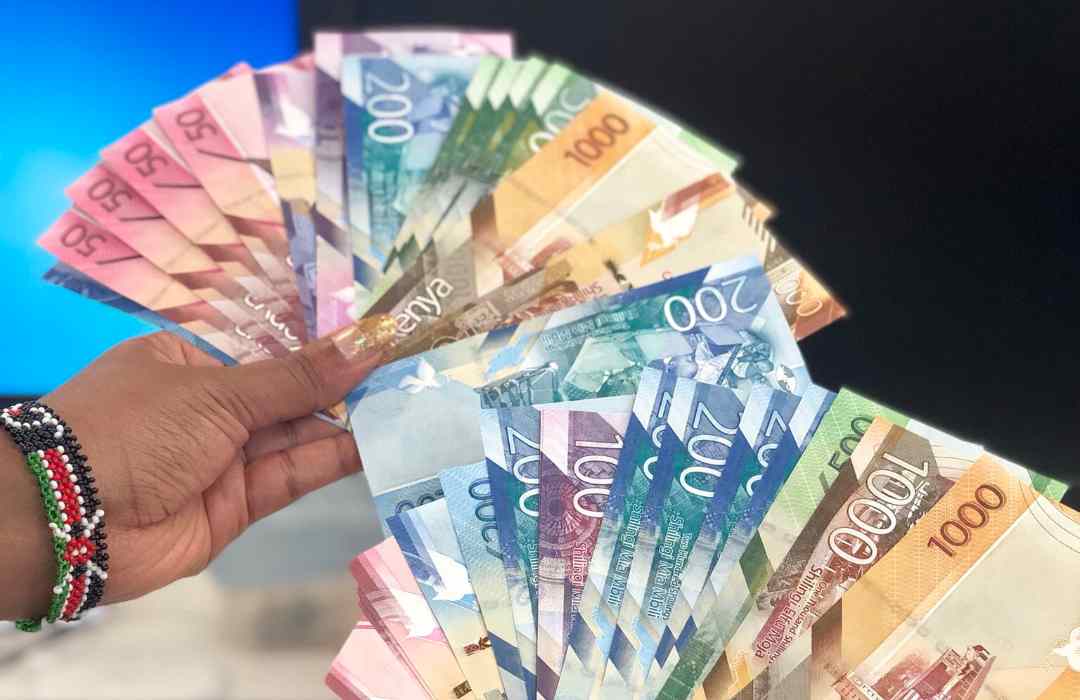The Kenyan Shilling remained stable against major international currencies in the week ending August 18, 2024, trading at KSh 129.20 per US dollar. This stability is a positive indicator amidst global economic volatility, reflecting the Central Bank of Kenya’s (CBK) effective monetary policies.
A key factor supporting the shilling’s stability is Kenya’s foreign exchange reserves, which stood at USD 7.316 billion as of August 15, 2024. These reserves provide 3.8 months of import cover, just shy of the CBK’s statutory requirement of four months. Maintaining a robust reserve position is crucial for buffering the economy against external shocks, such as fluctuating commodity prices or changes in global financial conditions.
Despite the ongoing pressures on the shilling, including a widening current account deficit and rising inflation, the CBK’s interventions in the foreign exchange market have helped mitigate excessive volatility. Open market operations and adequate liquidity in the money markets have further supported currency stability.
However, the Kenyan economy faces significant challenges, including rising global oil prices and external debt repayments, which could exert further pressure on the shilling. The Murban oil price, a key determinant of Kenya’s energy costs, rose to USD 84.15 per barrel on August 15, reflecting global supply constraints.
To maintain currency stability, the CBK must continue to strike a delicate balance between supporting economic growth and controlling inflation. Policies that encourage foreign direct investment, diversify export earnings, and manage external debt levels will be critical in sustaining the shilling’s value in the long term.
As Kenya navigates the complexities of the global economic landscape, maintaining a stable currency and sufficient foreign exchange reserves will be vital for ensuring economic resilience and safeguarding the country’s financial stability.





